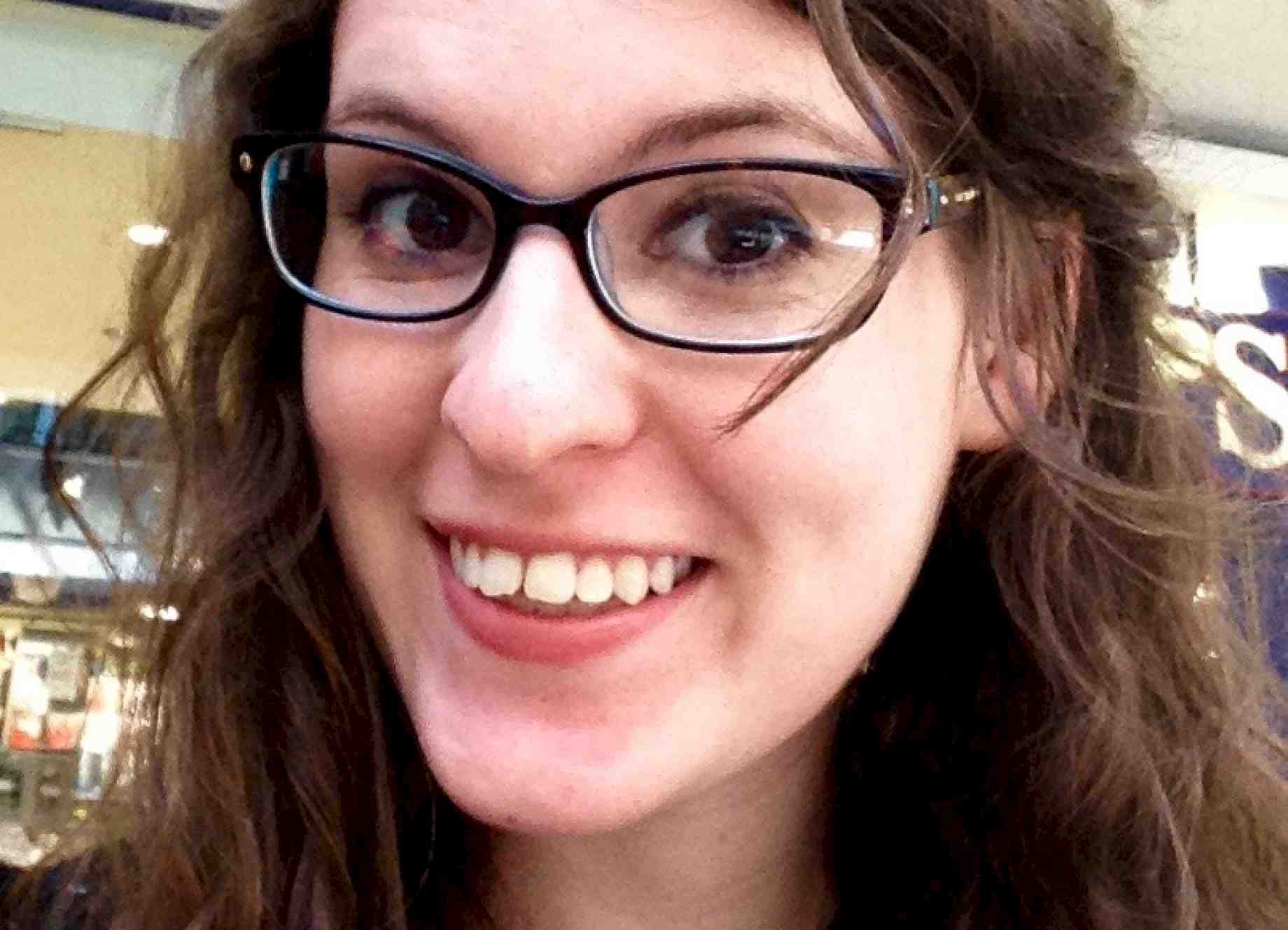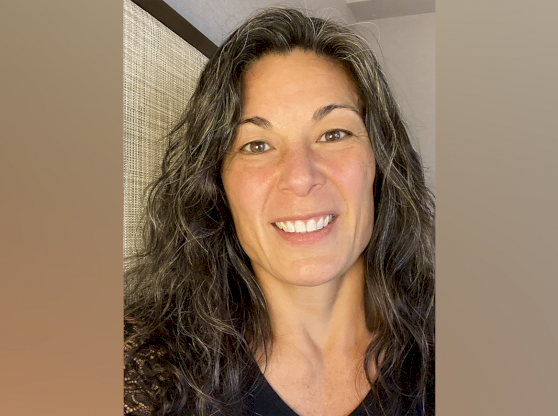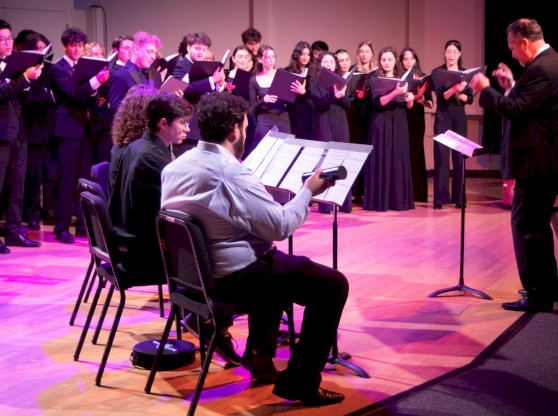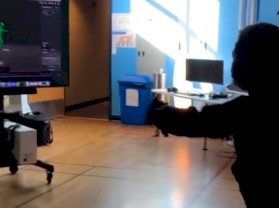Brittany Mistretta (BA Anthropology '12) is not your typical student. Currently pursuing a Museum Studies Certificate, she has been interning with the Grenada National Museum and playing an active role in fundraising for their ongoing cataloging project.
“The Grenada National Museum is currently undergoing a transition that will give it more government support, but it is small and has little funding,” Mistretta said. “The museum is applying for small grants here in Grenada, but a more immediate solution is needed; I have started a gofundme campaign as a way to acquire funds more quickly and I hope that reaching out to my own community will help the community in Grenada.”
The cataloging project has been an ongoing effort since 2016, initiated by Penn State University anthropology graduate student Jonathan Hanna. The project was started because, as Mistretta described, “Previous salvage operations at the Grenada National Museum found artifacts in deteriorated boxes and bags subjected to pests, breakage, and poor environmental conditions.”
One of the major roles that Mistretta plays in the project is the recording of artifacts in a catalog prior to being stored, a process which “involves recording contextual information and properly noting any diagnostic characteristics for artifacts that may help researchers locate certain materials in the future.”
Asked about her experience working so intimately with these artifacts, Mistretta said that her interactions with the surrounding community have made her more appreciative of their value, citing a cultural heritage project initiated by a group of individuals from a rural community nearby as an example of this.
Another one of Mistretta’s responsibilities as an intern with the Grenada National Museum is the identification and analyzing of animal remains from archaeological sites. She described it as fascinating work, and likes it for its interdisciplinary approach, as it encourages collaboration.
It also provides some valuable insights: “Studying fauna can help us learn about subsistence strategies, environmental changes, and the life-ways of the people in the past.”
In addition to her work recording the artifacts and analyzing animal remains, Mistretta is also creating an online exhibition of 3D scanned artifacts from the collections she works with. This is an especially important role to her, and she attributed her interest in online exhibits and interactive digital platforms as creative mediums to her time in the Museum Studies Certificate program.
“Digital platforms are especially beneficial for smaller institutions in the Caribbean that are difficult to access due to distance constraints, and limited space and funding,” she said. “These platforms offer an alternative framework for archiving, preserving, and displaying collection materials, assisting in reconciling the limitations that smaller institutions face.”
The cataloging project is part of a larger overall effort by the museum to promote historical and cultural preservation. Mistretta emphasized the importance of such an effort: “These artifacts are the tangible aspects of Grenada’s cultural heritage that help us interpret its past. Protecting them conserves the intangible attributes of Grenada’s heritage and preserves its history.”
You can support Mistretta’s work at the Grenada National Museum on her GoFundMe here.




